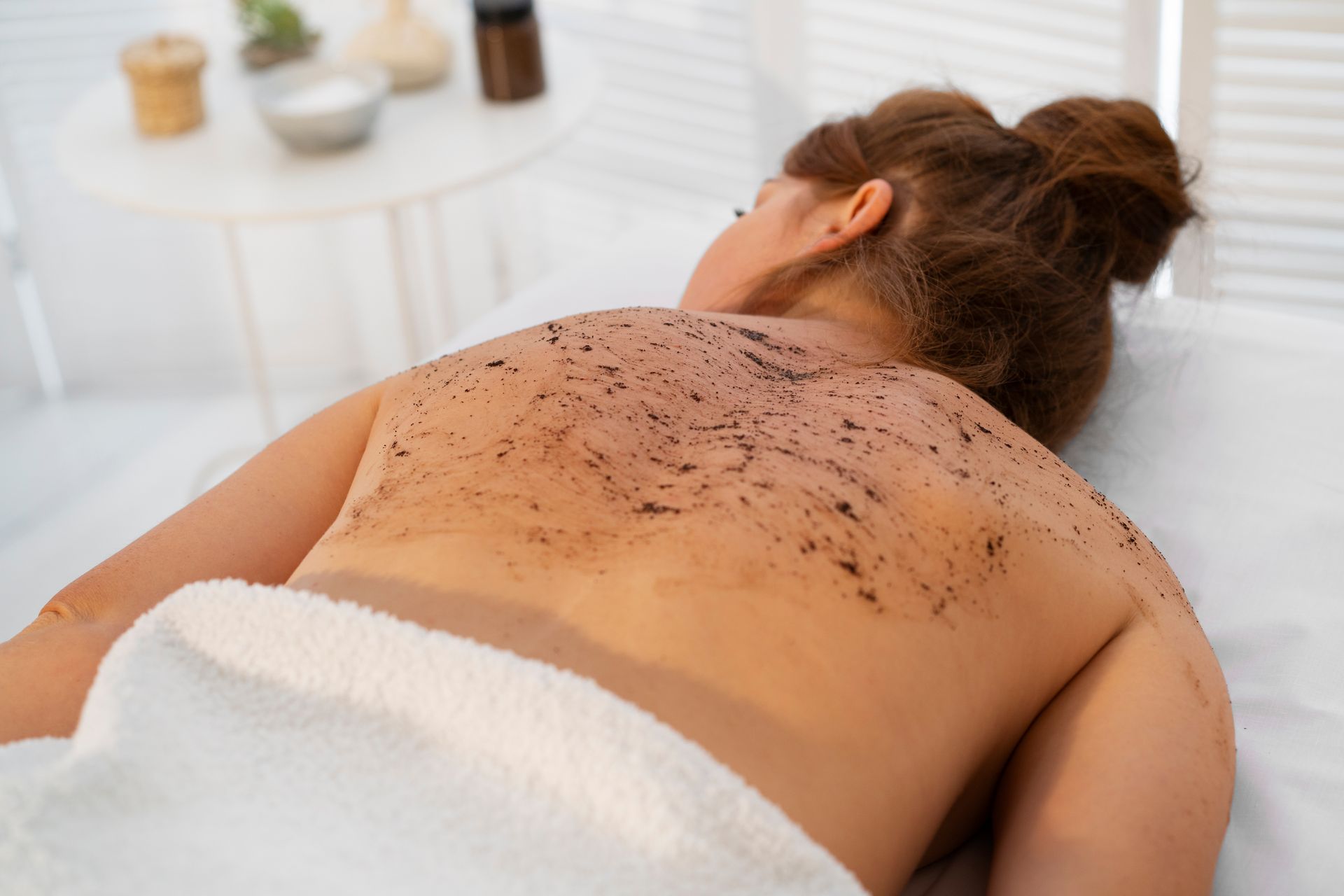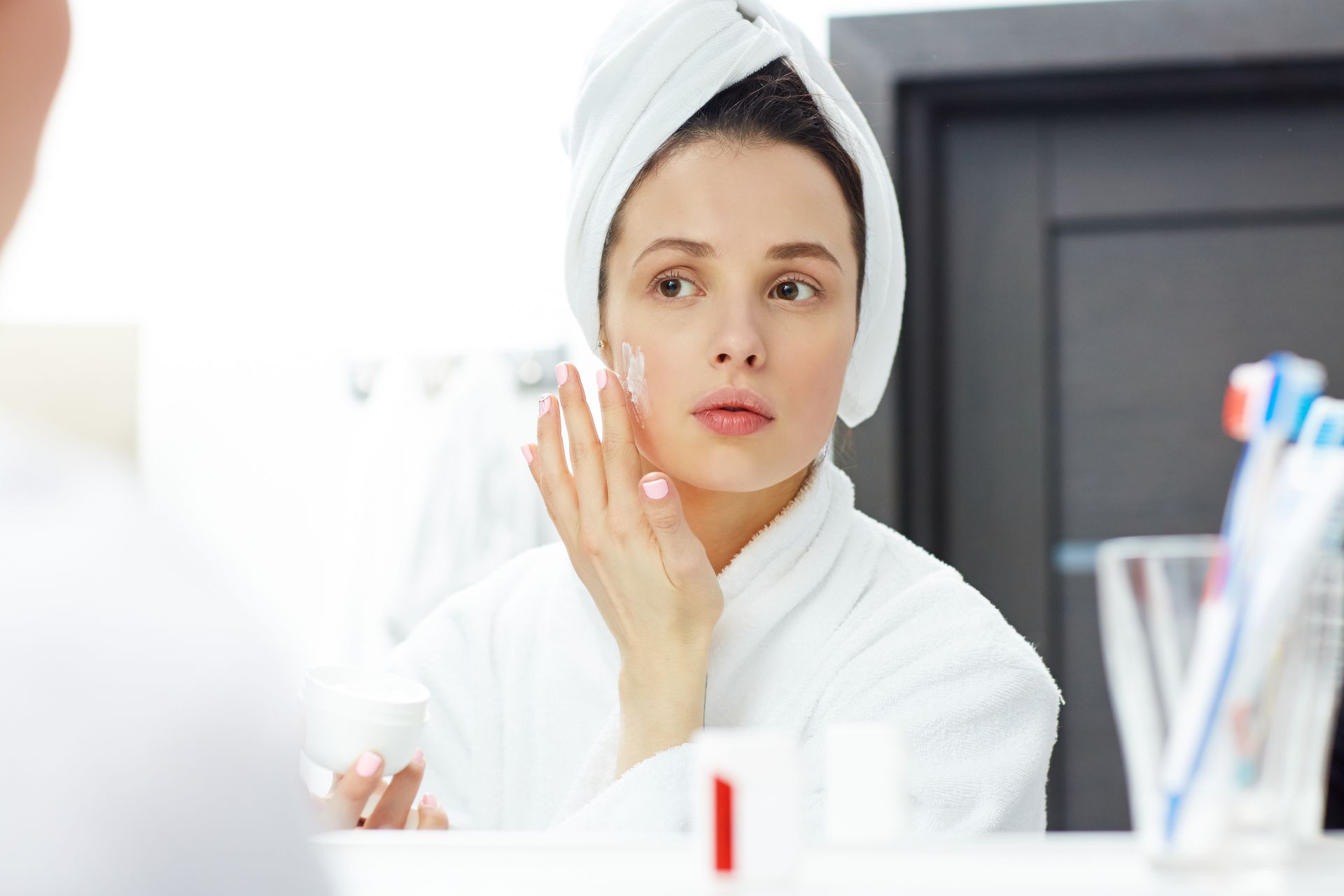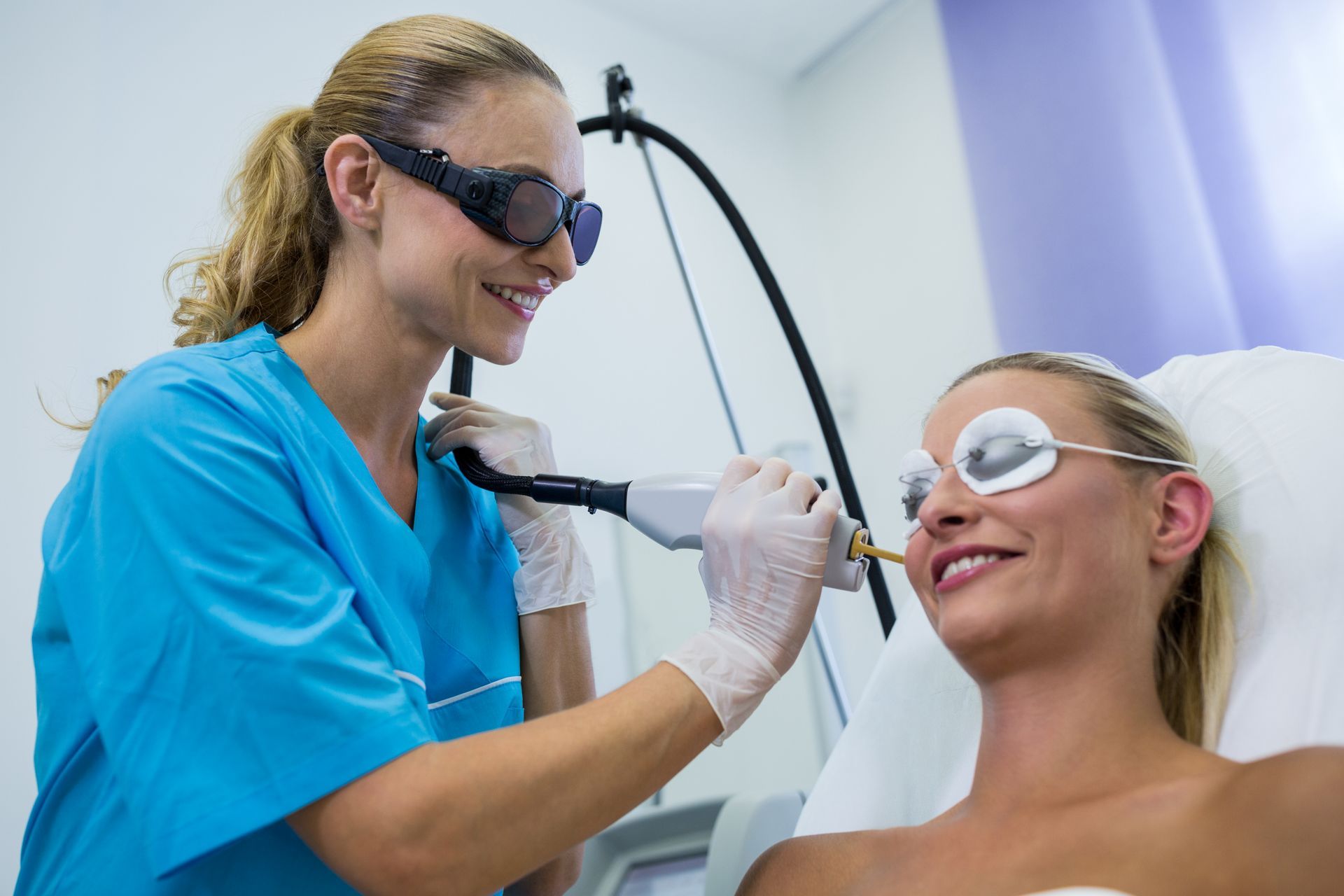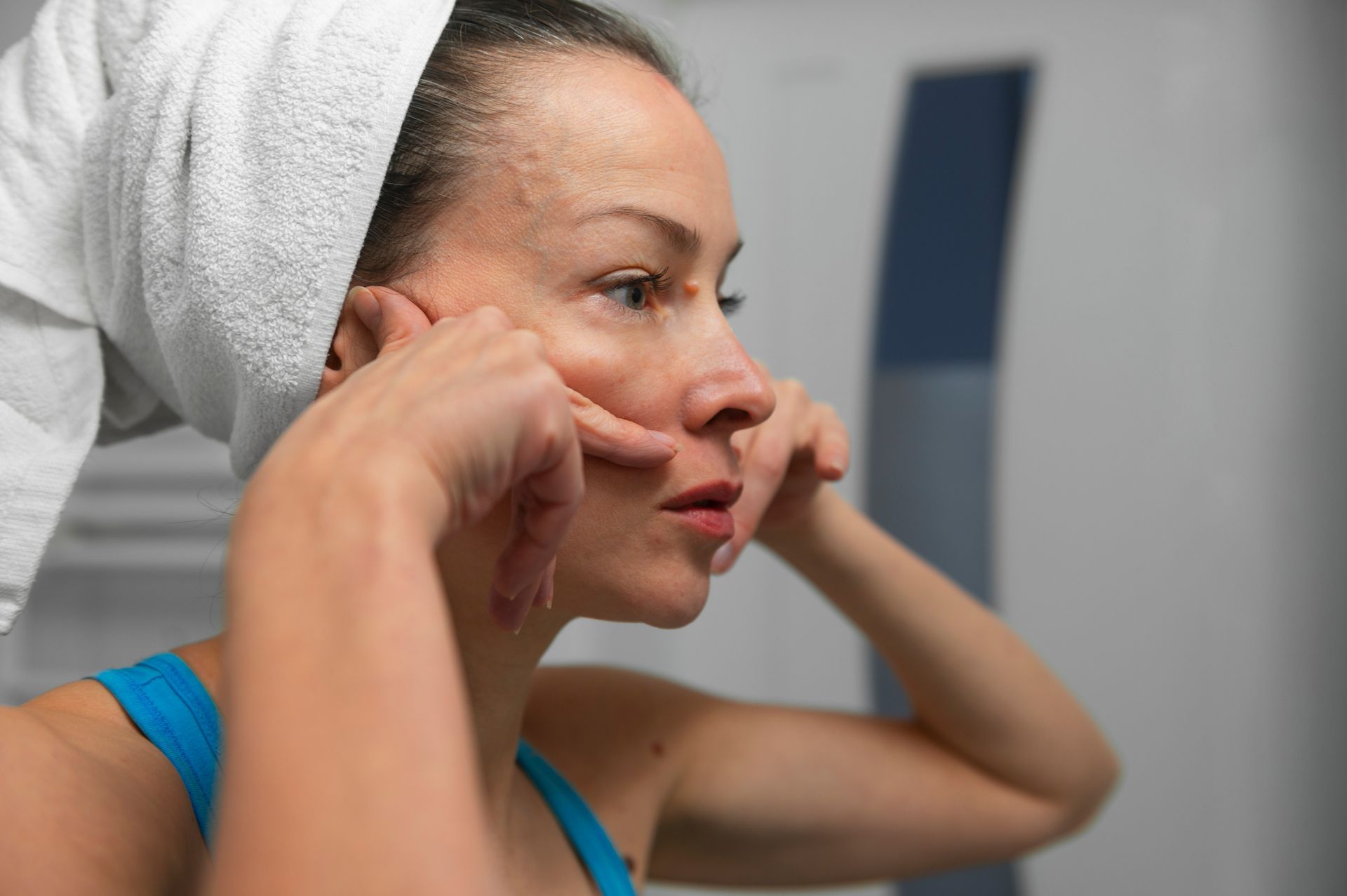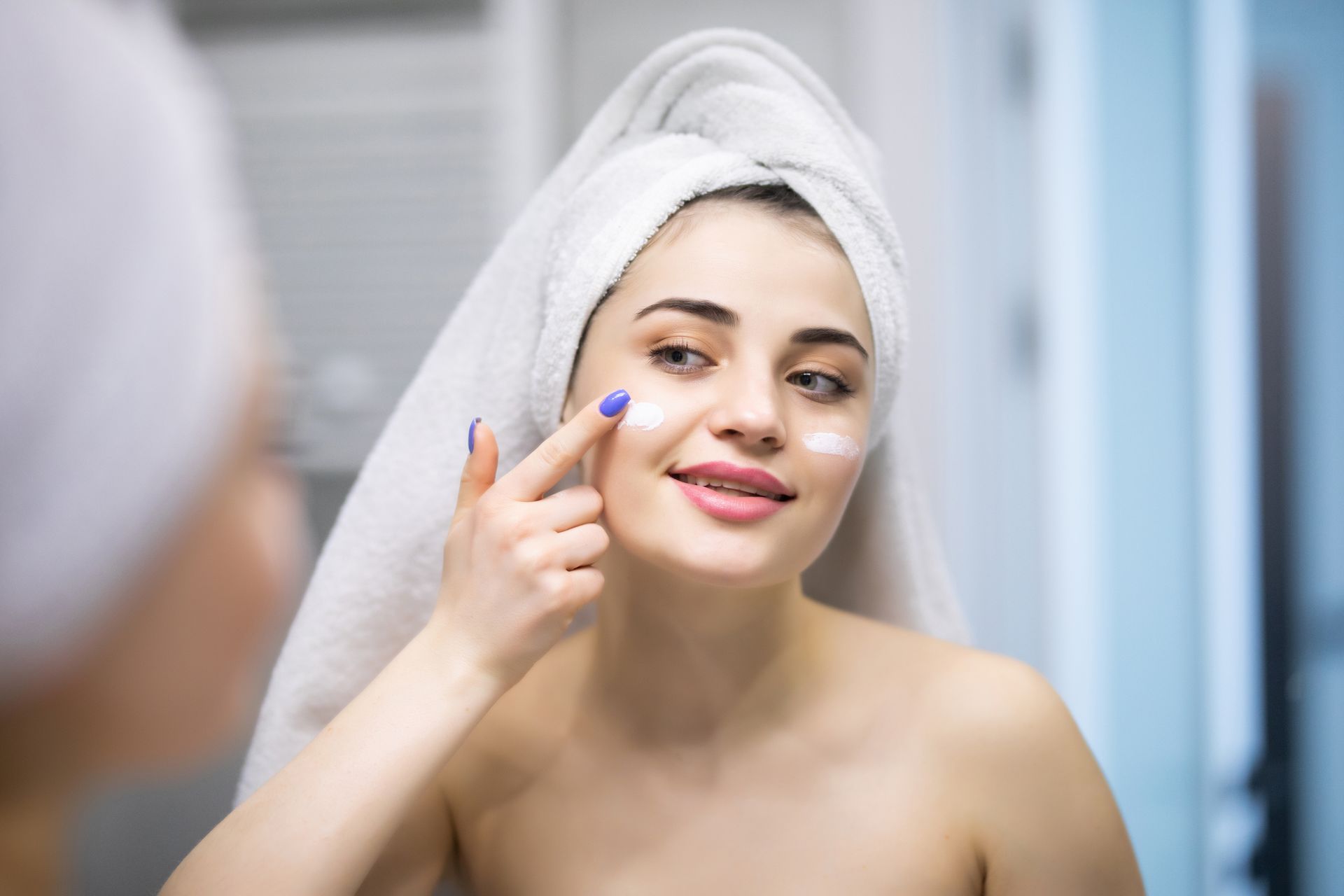How Many Laser Hair Removal Sessions Are Needed for Optimal Results?
Laser hair removal has become a popular cosmetic procedure for people looking for a more permanent solution to unwanted hair growth. It uses a concentrated beam of light to target and destroy hair follicles, preventing further growth. One of the most commonly asked questions about this procedure is how many sessions are needed for optimal results. Here, we will provide you with the information you need to make an informed decision about laser hair removal.
Understanding the number of sessions required for laser hair removal holds significant importance for various reasons. Primarily, it aids in organizing your schedule and finances appropriately. The process involves multiple sessions that are conducted over several weeks or months, and having knowledge about the exact number of sessions you'll need allows you to plan ahead. Knowing the exact number of sessions required helps in setting practical expectations regarding the results you can expect. While some individuals anticipate complete hair removal after a single session, the fact remains that optimal outcomes necessitate multiple sessions.
The Power of Advanced Light Technology
Unwanted hair growth can be frustrating and can negatively impact one's self-esteem. Thankfully, modern technology has come up with a solution that is both effective and long-lasting. With the use of state-of-the-art light technology, unwanted hair can be eliminated in a painless and efficient manner. This hair removal treatment targets hair follicles deep within the skin, where traditional methods such as shaving and waxing cannot reach. Hair follicles are responsible for producing hair, and by targeting them, this treatment offers a permanent solution to unwanted hair growth. Unlike other methods, this treatment alters the hair follicles themselves, resulting in smooth, hairless skin that lasts for a significant period of time.
The procedure is non-invasive and safe, making it an excellent choice for anyone looking for a more permanent solution to their hair removal needs. It works by using light energy to destroy the hair follicle's ability to produce hair, making the area smooth and hair-free. The technology used in this treatment is state-of-the-art and has been extensively tested, ensuring that clients receive the best possible results. This treatment is an excellent option for anyone looking to eliminate unwanted hair growth permanently. With its advanced technology and non-invasive approach, it offers a safe, efficient, and long-lasting solution to unwanted hair growth.
Factors Affecting the Number of Sessions Needed
Light-based hair removal treatments are a popular choice for individuals looking for a permanent solution to unwanted hair growth. The number of sessions required for effective treatment may vary from person to person. Several factors can impact the efficacy of the treatment and determine the number of sessions required. The following are the key factors that can affect the number of sessions needed for light-based hair removal treatments:
Skin Type
Skin type is a crucial factor to consider when undergoing light-based hair removal treatments. Skin tone is important because the pigment in the hair follicles absorbs the light energy used in these treatments. Individuals with lighter skin tones typically have less melanin in their skin, which means that the light energy can penetrate deeper into the hair follicles, resulting in more effective hair removal.
People with darker skin tones may require more sessions to achieve the desired results. This is because darker skin has more melanin, which absorbs some of the light energy that is intended to target the hair follicles. This absorption can result in skin damage and may require more sessions to achieve the desired results. To ensure safe and effective treatment, individuals with darker skin tones should seek a trained professional with experience in treating darker skin tones.
Hair Color and Thickness
Hair color and thickness are important factors that affect the effectiveness of hair removal treatment. Generally, the darker the hair color, the easier it is to remove using light-based technology. This is because dark hair contains more melanin, a pigment that absorbs light energy and converts it into heat, damaging the hair follicle. Light hair colors, such as blonde or grey, contain less melanin and are therefore more challenging to remove. In such cases, specialized equipment may be required to ensure optimal results.
Hair thickness also affects the number of sessions required for hair removal. Thick hair absorbs more light energy and requires more sessions to achieve the desired results. This is because the light energy needs to penetrate deeper into the skin to reach the hair follicle, where it damages the follicle and inhibits hair growth. Thinner hair, on the other hand, requires less energy to remove and may require fewer sessions. The exact number of sessions required depends on various factors, such as the individual's skin type, the treatment area, and any hormonal imbalances.
Individuals with darker, thicker hair may require more sessions to achieve optimal results, while those with lighter, thinner hair may need specialized equipment or fewer sessions. It is essential to consult with a qualified professional who can assess these factors and develop a personalized treatment plan to ensure safe, effective, and long-lasting results.
Treatment Area
The number of sessions required for laser hair removal treatment varies depending on the treatment area. Larger areas such as the legs, back, and chest may require more sessions than smaller areas such as the face or underarms. This is because larger areas have a greater density of hair follicles, and each follicle needs to be targeted individually for effective hair removal. Typically, a minimum of six to eight sessions are required for laser hair removal treatment to achieve optimal results. Some individuals may require more sessions, depending on the treatment area and their hair growth patterns. For example, those with thicker hair or hormonal imbalances may need more sessions to achieve the desired results.
It is important to note that the sessions are usually spaced several weeks apart, typically four to six weeks, to allow the hair to grow back and provide a new target for the laser. This cycle of hair growth and removal continues until the hair follicles are sufficiently damaged to inhibit further growth. It is important to consult with a qualified professional who can assess these factors and develop a personalized treatment plan to ensure safe, effective, and long-lasting results. With proper care and maintenance, laser hair removal can provide a permanent solution to unwanted hair growth, improving the individual's confidence and quality of life.
Hormonal Imbalances
Hormonal imbalances can have a significant impact on the effectiveness of laser hair removal treatment. Hormones such as androgens can stimulate hair growth, causing thicker and coarser hair to grow in areas such as the face, chest, and back. This can make hair removal more challenging, as the laser targets the pigment in the hair follicle to achieve hair removal. In cases where hormonal imbalances are present, hair may grow back more quickly or in greater density, requiring more frequent laser hair removal sessions to achieve the desired results.
Women with polycystic ovary syndrome (PCOS) often have hormonal imbalances that result in unwanted hair growth on the face, chest, and back. In these cases, laser hair removal treatment can be an effective solution, but it may require more sessions to achieve permanent hair reduction. Individuals taking certain medications or undergoing hormone therapy may experience changes in hair growth patterns that can impact the effectiveness of laser hair removal treatment.
Consulting a qualified professional prior to undergoing laser hair removal is important, especially if there are hormonal imbalances or medications involved. This will help in assessing individual factors and developing a personalized treatment plan to ensure safe and effective results. In some cases, a combination of treatments such as laser hair removal and medication may be required to address hormonal imbalances and achieve the best possible hair removal results.
Previous Hair Removal Methods
Previous hair removal methods can also affect the number of sessions needed for laser hair removal treatment. Traditional hair removal methods such as waxing, plucking, and shaving can all impact hair growth patterns and the effectiveness of laser hair removal. Waxing and plucking can cause hair to grow back in a different phase, making it more difficult for the laser to target the hair follicle. Shaving, on the other hand, can leave the hair follicle intact, making it easier for the laser to target and destroy.
Keep in mind that individuals who opt for laser hair removal treatment should refrain from using conventional hair removal methods like waxing or plucking for several weeks prior to treatment. This facilitates hair growth in a uniform phase, making it simpler for the laser to pinpoint the hair follicle. Those who have previously undergone electrolysis may require fewer laser hair removal sessions since electrolysis also targets the hair follicle and can reduce hair growth.
Typical Number of Sessions Required
The number of sessions required for laser hair removal treatment may vary depending on the body part being treated. Typically, areas with thin and fine hair like the upper lip and chin may require fewer sessions than areas with thicker and coarser hair like the underarms and bikini area. The reason for this is that the laser targets the pigment in the hair follicle, and thinner hair has less pigment, making it easier to treat.
The size of the treatment area can also affect the number of sessions required. Larger areas like the legs and back may need more sessions to achieve optimal results than smaller areas such as the face and neck. The average number of sessions for larger areas can be around 6 to 8, while smaller areas may require 4 to 6 sessions.
Importance of Following the Treatment Plan Recommended by The Technician
Adhering to the recommended treatment plan is essential for obtaining optimal results from laser hair removal treatment. A personalized treatment plan will be developed by the technician based on the individual's skin and hair type, as well as the specific treatment area. Attending all scheduled sessions and avoiding traditional hair removal methods such as waxing or plucking prior to treatment is important. By following the recommended treatment plan, hair growth will be targeted at the appropriate stage, resulting in long-lasting hair reduction. It should be noted that not adhering to the suggested treatment plan may lead to the necessity of extra sessions to attain the intended outcomes.
What Happens During a Laser Hair Removal Session?
Laser hair removal is a simple and effective procedure that can be completed in a short amount of time. Before undergoing the treatment, it is essential to schedule a consultation with a licensed technician to discuss the individual's skin and hair type and determine the appropriate treatment plan. Once the treatment plan has been developed, the technician will begin the laser hair removal session.
Preparation Before the Session
Before the laser hair removal session, it is important to avoid sun exposure for at least two weeks, as sunburned or tanned skin can increase the risk of complications. The technician may also recommend shaving the treatment area one to two days before the session to ensure that the laser can target the hair follicles accurately. It is important to refrain from using any other hair removal methods, including waxing or plucking, before the laser hair removal session as they can interfere with the effectiveness of the treatment.
The Procedure Itself
During the laser hair removal session, the technician will use a handheld device to direct the laser beam towards the treatment area. The laser light will target the hair follicles and damage them, preventing future hair growth. The procedure is generally not painful, but individuals may experience a slight discomfort or a mild burning sensation. The duration of the session depends on the treatment area's size, but most sessions typically last between 30 minutes to an hour.
What to Expect After the Session?
After the laser hair removal session, individuals may experience some redness or swelling in the treatment area, which is a normal and temporary side effect. Applying a cool compress to the area can help reduce these symptoms. It is essential to avoid sun exposure and any strenuous activities that may cause sweating for at least 24 hours after the session. The technician may recommend additional sessions based on the individual's progress and the desired results.
How to Prepare for Laser Hair Removal
Proper preparation before a laser hair removal session is essential to ensure optimal results and reduce the risk of complications. There are some general guidelines that everyone should follow to prepare for their laser hair removal session.
Avoiding Sun Exposure and Tanning
It is essential to avoid sun exposure and tanning before laser hair removal sessions. Sun exposure and tanning can increase the risk of skin damage and complications during the procedure. Therefore, it is recommended to avoid sun exposure and tanning for at least four weeks before the session. If the treatment area is exposed to the sun, it is recommended to apply sunscreen with a high SPF before the session.
Not Waxing or Plucking Before the Session
Waxing or plucking before the session can affect the effectiveness of the treatment. It is because waxing and plucking remove the hair follicles from the roots, making it difficult for the laser to target them. So, it is recommended to avoid waxing or plucking at least four weeks before the session.
Shaving Before the Session
Shaving the treatment area is necessary before the laser hair removal session. Shaving ensures that the laser targets the hair follicles beneath the skin, rather than the hair above the skin's surface. It is recommended to shave the treatment area 24 hours before the session to ensure that the skin has time to recover.
Not Using Certain Skincare Products Before the Session
Some skincare products can increase the sensitivity of the skin to laser light, causing skin damage and discomfort during the session. It is recommended to avoid using skincare products that contain retinoids, alpha-hydroxy acids, or beta-hydroxy acids for at least one week before the session. It is also recommended to avoid using perfumes, deodorants, or lotions on the treatment area before the session.
Tips to Maximize the Efficacy of Laser Hair Removal
Laser hair removal is a popular cosmetic treatment that can effectively reduce unwanted hair growth. While the treatment itself is relatively straightforward, there are certain steps that individuals can take to maximize its efficacy. By following these steps, you can help ensure that you achieve optimal results from your laser hair removal treatment.
Sticking to the Recommended Treatment Schedule
Following the recommended treatment schedule is necessary to achieving optimal results. Typically, a series of sessions spaced several weeks apart is recommended for the best results. It is essential to attend all scheduled sessions and avoid skipping any appointments.
Drinking Plenty of Water
Staying hydrated is important for many reasons, and it can also help to maximize the efficacy of laser hair removal treatment. Drinking plenty of water helps to keep the skin hydrated and healthy, which can improve the effectiveness of the treatment.
Using Sunscreen
Protecting the skin from the sun is important after laser hair removal treatment. The skin may be more sensitive to sunlight after treatment, so it is important to use a broad-spectrum sunscreen with an SPF of at least 30 to protect the skin from damage.
Taking Care of Your Skin After the Session
After a laser hair removal session, it is essential to take care of your skin properly. This includes avoiding sun exposure, avoiding any other hair removal methods such as waxing or plucking, and using gentle skincare products to avoid irritation.
Conclusion
If you are tired of the constant upkeep required for smooth skin, laser hair removal can be an effective solution for you. Our team of professionals understands the importance of personalized care and transparency when it comes to your treatment plan. We offer affordable and practical options for our clients who want to achieve their desired look. By booking a consultation with us, you can receive the guidance you need to determine the best course of action for your unique needs. We are committed to helping you look and feel your best through our high-quality treatment and exceptional service.
BOOK YOUR FREE SESSION
